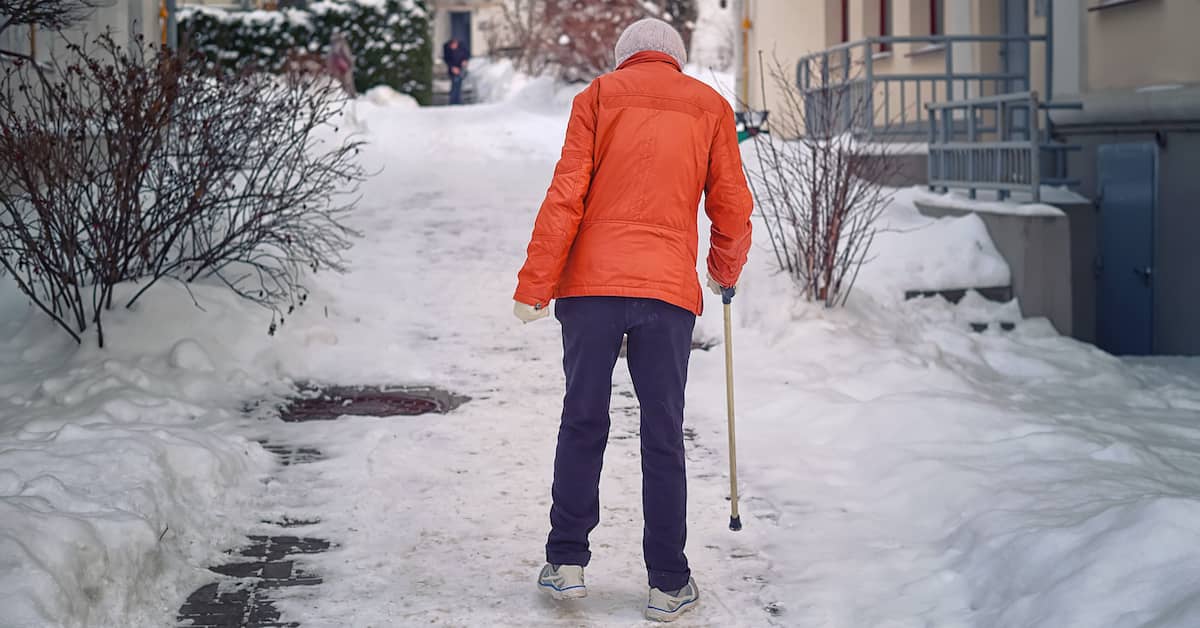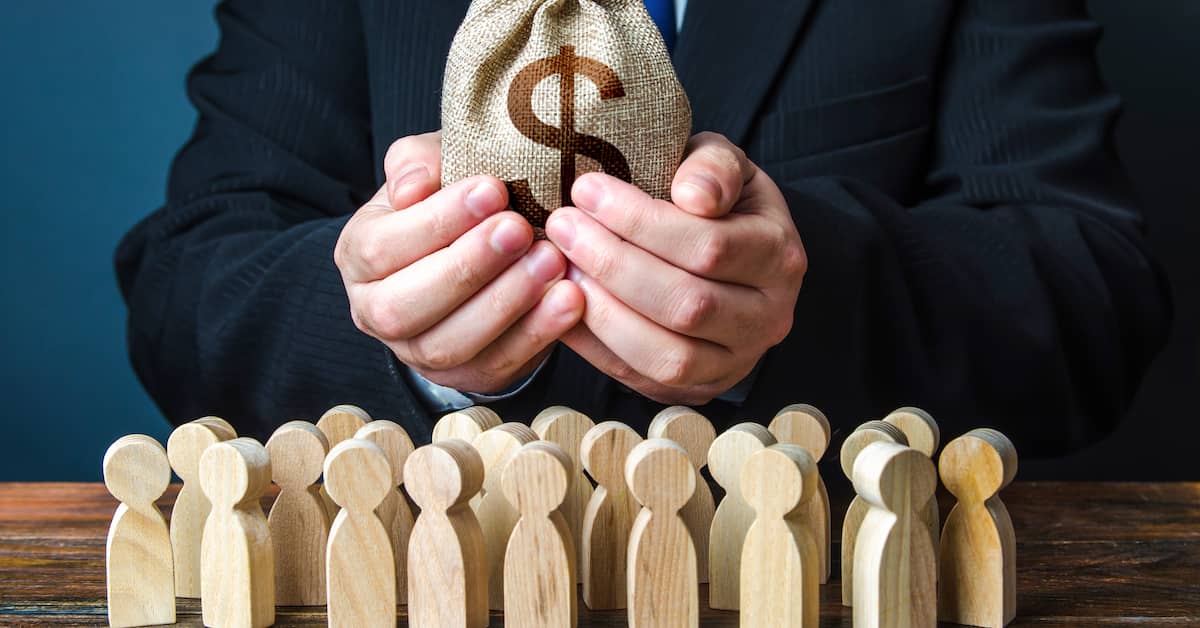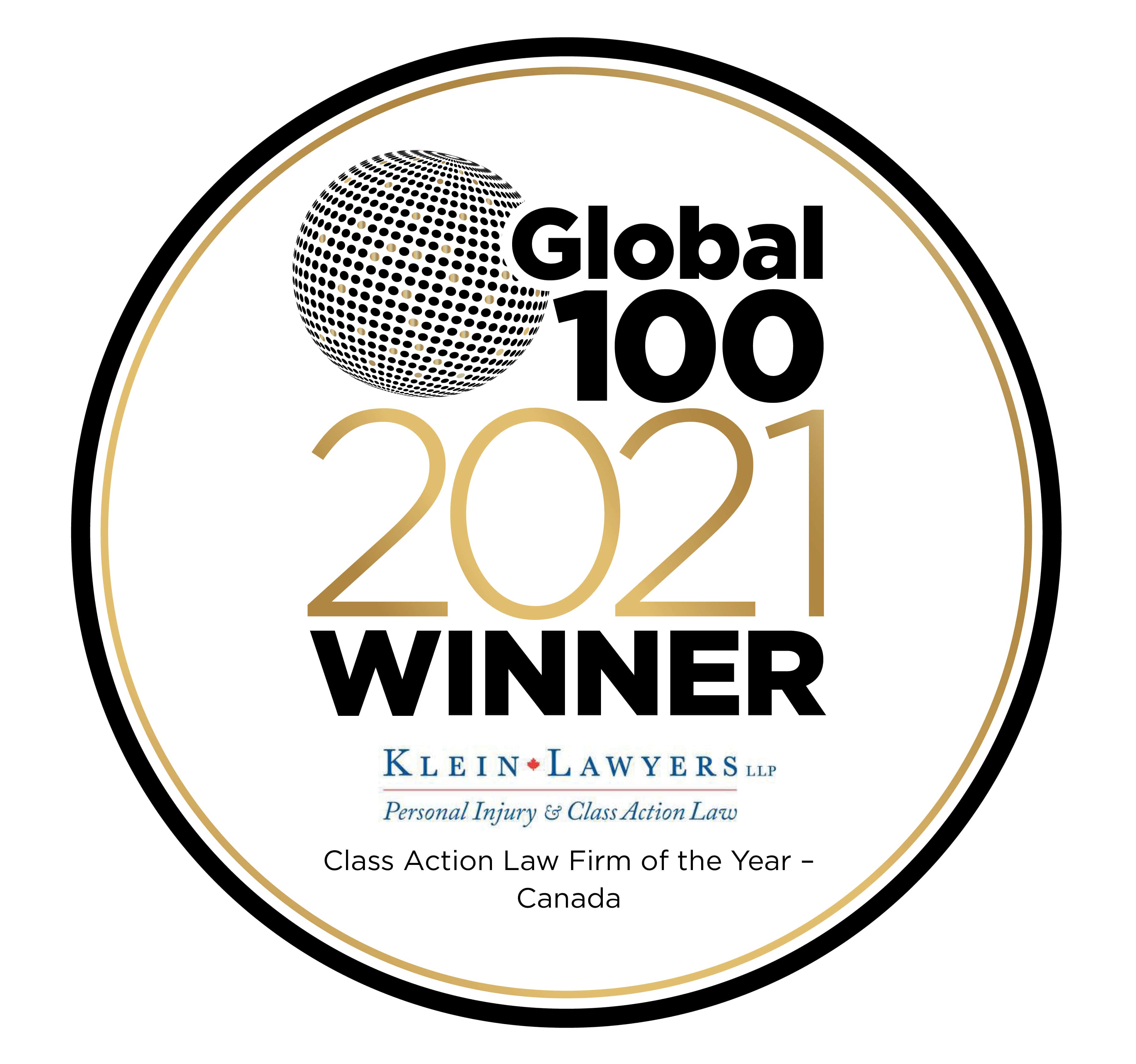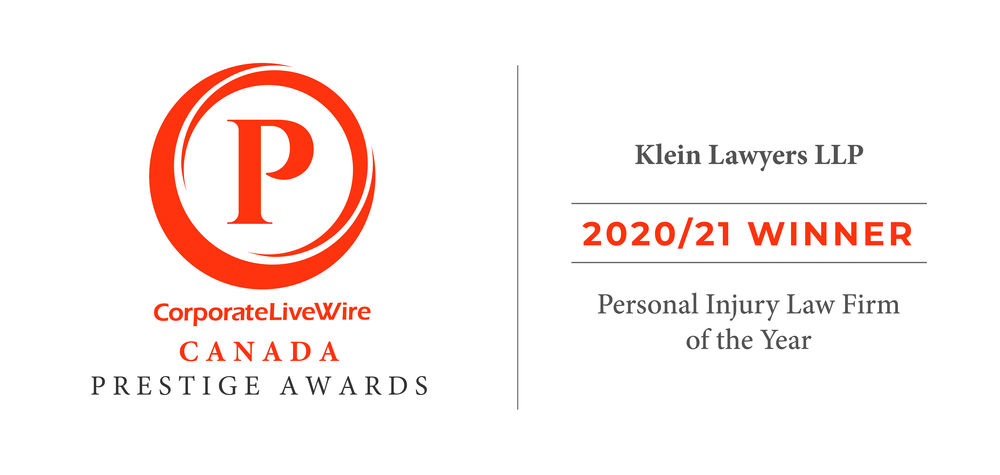
Navigating the aftermath of a trip and fall at a strata complex can be as disorienting as the fall itself. Trip and falls can lead to serious injuries. Often, the question of liability is muddied by the complex ownership and management structures of these properties.
If you’ve suffered a trip and fall at a strata complex, understanding your legal options is critical. Klein Lawyers can assist you in maneuvering the complexities of these incidents to determine whether you have a claim and who might be responsible.
Call our trip and fall accident lawyers at (604) 874-7171 today for a FREE consultation. Let’s make sure you are pursuing the compensation you deserve for your losses.
What Is a Strata Complex?
In BC, a strata complex is a collection of individual housing units within a larger property where owners hold title to their individual units and share ownership of common areas and facilities. Governed by the Strata Property Act of British Columbia, these complexes are managed by a strata corporation that all the owners are automatically part of.
The owner of each unit contributes to the cost of maintaining and repairing common property, such as lobbies, gardens, swimming pools, and other amenities, through monthly strata fees. The strata council, made up of elected owners, handles daily operations and makes decisions regarding the upkeep of common areas, enforcement of bylaws, and the overall management of the strata property.
Strata living in Vancouver has become a popular option due to the city’s dense urban environment, where maximizing living space is essential. The concept allows for efficient use of space while providing a sense of community and shared responsibility among residents.
Common Causes of Trip & Falls in Strata Complexes
In strata complexes, trip and falls can be a significant concern due to the variety of shared spaces and the high volume of resident and visitor traffic. Understanding the common causes is vital to establishing liability.
Here are some typical scenarios that can lead to trip and falls in such environments:
- Inadequate Lighting: Poor lighting in hallways, staircases, parking garages, and outdoor areas can obscure potential hazards, making trip and falls more likely.
- Uneven Surfaces: This includes transitions between different types of flooring, unexpected steps, or uneven paving in common areas, which can catch someone off guard.
- Cluttered or Obstructed Walkways: Items left in hallways, recreational areas, or walkways can pose trip hazards, especially if they are not expected to be there.
- Weather-Related Issues: In Vancouver’s often wet climate, water tracked into lobbies or hallways can create slippery surfaces. Ice and snow can also accumulate in outdoor areas during the colder months.
- Poorly Maintained Facilities: Cracked sidewalks, broken tiles, torn carpeting, or damaged stair treads are maintenance issues that can lead to accidents.
- Inadequate Signage: Failure to post warning signs around temporary hazards, such as wet floors or ongoing maintenance work, can lead to falls.
- Malfunctioning Equipment: Elevators and escalators that are not functioning correctly can cause trip and falls, especially if they start or stop abruptly.
Strata councils and property managers must address these issues proactively to minimize risks and ensure the safety of all residents and guests. Regular maintenance checks, prompt repair of identified hazards, clear communication regarding potential dangers, and adherence to safety regulations are crucial steps in preventing trip and fall accidents in strata complexes.
Read More: Damages in Trip and Fall Cases
Understanding Strata Complex Liability
When you experience a trip and fall at a strata complex, the immediate aftermath can be painful, shocking, and confusing. Not only must you deal with the physical consequences, but the question arises: who is legally responsible for your fall? Strata complexes, with their shared spaces and collective management, can present unique challenges in determining liability.
Identifying the cause of the accident is important. Was it a loose carpet in a corridor, a poorly lit stairwell, or an uneven pavement? The cause not only points to the responsible party but also highlights the negligence involved.
At strata properties, liability for accidents in common areas usually lies with the strata corporation. Per Strata Property Act § 3, the strata corporation is responsible for the upkeep and maintenance of common property. They “must” repair the common property should there be an issue (§ 72(1)). Failure to address known hazards in common areas can be a clear sign of negligence, and the strata corporation “may be sued as representative of the owners with respect to any matter relating to common property” (§ 163(1)).
The strata corporation should conduct regular inspections to ensure that common areas are safe. If hazards are found, they must be repaired promptly and appropriate signage utilized. Should timely action not be taken, dangerous accidents, like trip and falls, could occur, leaving the strata corporation open to a personal injury claim.
Deciphering liability isn’t just an essential first step. If a strata corporation tries to shift blame, knowing who is legally responsible will be a valuable tool. However, it is important to note that individual unit owners could also be liable if the accident occurred within their unit or an area under their exclusive control.
Read More: Who Can You Sue in a Trip and Fall Case?
What To Do After a Trip & Fall Accident at a Strata Complex
It is crucial to understand that in a trip and fall claim against a strata complex, the burden of proof is entirely on the plaintiff. If you have been injured in this manner, there are three key steps to take:
- Seek Medical Assistance: Your health is always the priority. If you’ve been injured in a trip and fall accident, seek immediate medical care. Even if you feel fine now, the rush of adrenaline may be masking symptoms that could surface later. Consult with a medical practitioner as soon as you can.
- Document Your Accident: When possible, victims should document their accidents thoroughly. Take photographs of the hazard and your injuries. Preserve the clothes and shoes you were wearing. Record all medical care and keep any documentation, including bills, treatment plans, prescriptions, etc.
- Contact a Trip & Fall Accident Lawyer: Determining liability in a trip and fall at a strata complex can be complicated. That’s why it is critical to contact a lawyer as soon as possible. An experienced trip and fall accident lawyer can guide you through the legal process and ensure you are pursuing just compensation for your injuries.
Read More: What Steps Should Be Taken After a Trip and Fall?
Contact Klein Lawyers Today!
Klein Lawyers can assess your situation and provide advice on potential claims. With a deep understanding of local laws and regulations governing strata complexes, they can help build a compelling case for your claim.
If you’ve been injured in a trip and fall at a strata complex, contact our trip and fall accident lawyers for a FREE consultation. We serve clients in Vancouver, BC, and throughout Canada. Let’s hold the responsible parties accountable for your losses and make sure you are seeking the compensation you need to get back on your feet.









